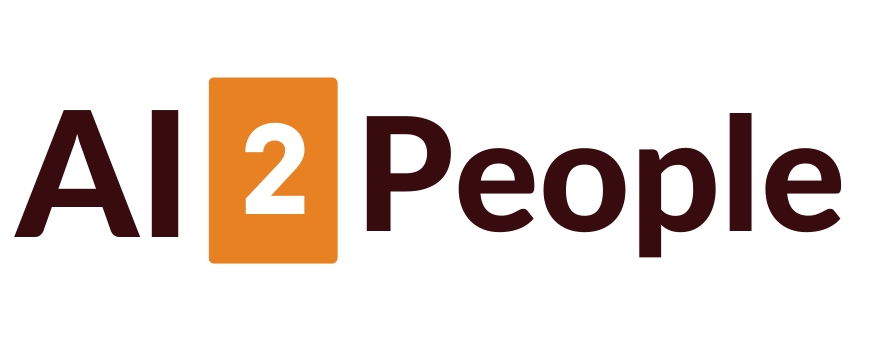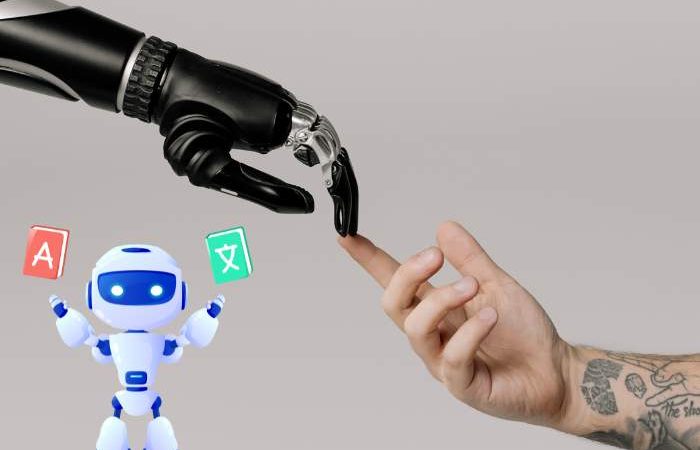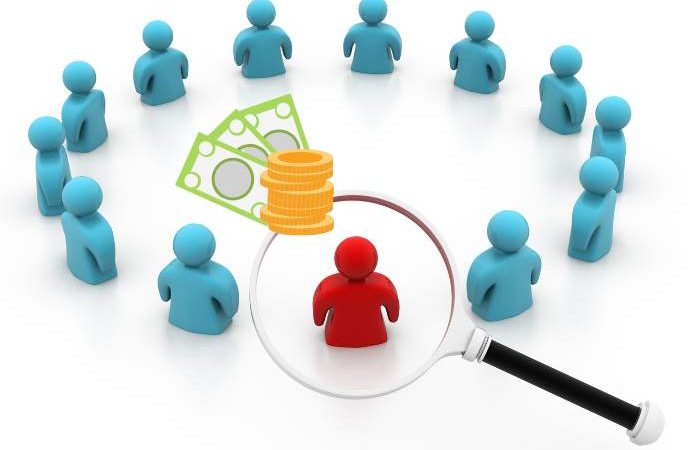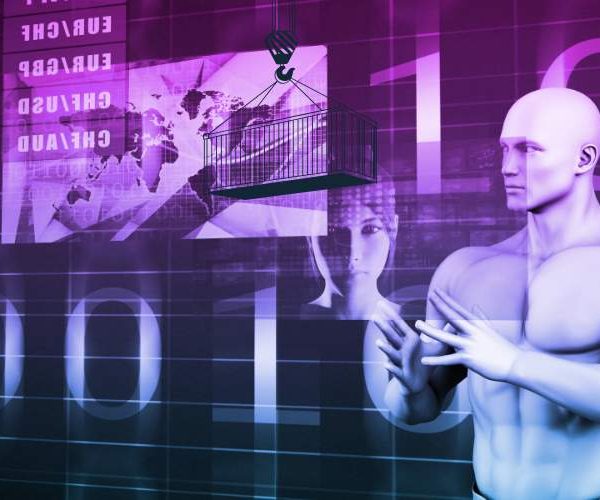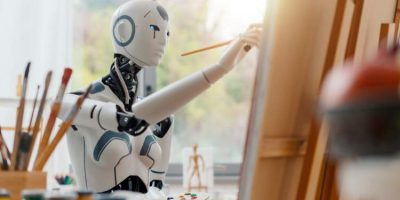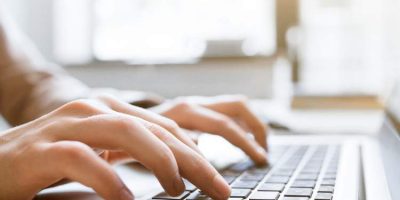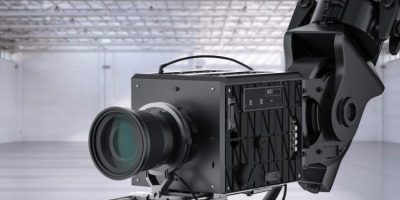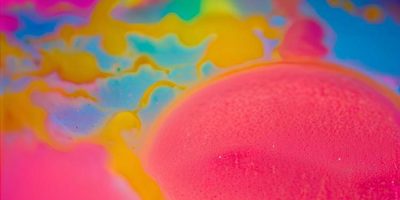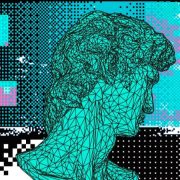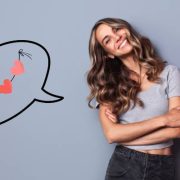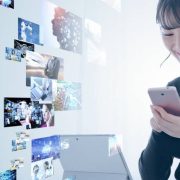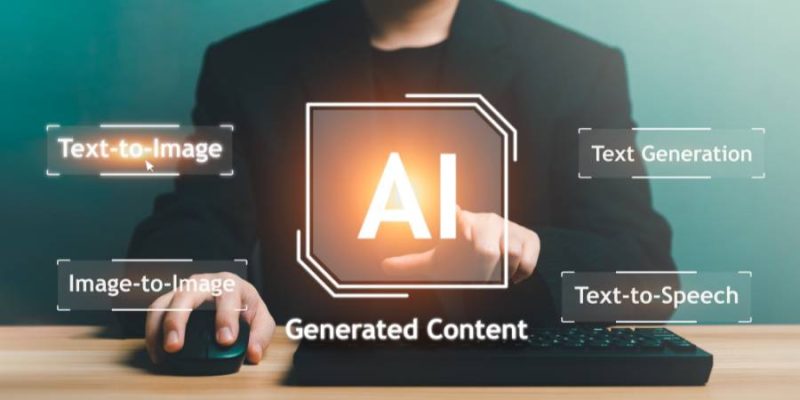
Can Robots Create Masterpieces?
In a world where technology is advancing at lightning speed, we are now faced with a mind-boggling question: Can robots create masterpieces? From breathtaking paintings to soul-stirring music and even award-winning novels, AI is no longer just a tool; it’s becoming an artist in its own right. But what does this mean for human creativity? Is this the end of art as we know it? Or are we on the cusp of an exciting new era? Let’s dive into the world of AI-generated art and explore the implications for human artists.
The Rise of AI Artists: Paintings, Music, and Literature
Imagine a robot painting a picture that sells for a million dollars, composing a symphony that moves people to tears, or writing a novel that becomes a bestseller. It sounds like science fiction, but it’s already happening. AI algorithms, like OpenAI‘s GPT and DALL-E, have been trained to understand the nuances of human creativity. They can analyze thousands of pieces of art, music, and literature, and then produce their own versions that are often indistinguishable from those made by humans.
AI-generated art has taken the world by storm. In 2018, a portrait created by an AI, titled “Edmond de Belamy,” was auctioned at Christie’s for a staggering $432,500. In the world of music, AI has composed everything from classical pieces to pop hits. And let’s not forget literature, where AI has penned poems and short stories that have even fooled critics.
The Controversy: Is It Really Art?
But here’s the catch: Is AI-generated content really art? This question has sparked heated debates among artists, critics, and tech enthusiasts alike. Some argue that art is a uniquely human expression, a reflection of our emotions, experiences, and soul. How can a machine, devoid of feelings, create something truly meaningful?
On the other hand, supporters of AI art claim that creativity isn’t exclusive to humans. They argue that if a piece of AI-generated work can evoke emotions, inspire thought, or simply bring joy, then it deserves to be considered art. After all, isn’t the purpose of art to connect with its audience, regardless of its creator?
The Impact on Human Artists: A Threat or a Challenge?
For human artists, the rise of AI in the creative world is both thrilling and terrifying. On one hand, AI can be a powerful tool that enhances creativity, offering new ways to explore ideas and push boundaries. Imagine collaborating with an AI to create something truly unique—a fusion of human intuition and machine precision.
On the other hand, there’s a growing fear that AI could render human artists obsolete. If a machine can paint, compose music, or write better, faster, and cheaper than a person, what place is left for human creativity? This fear isn’t unfounded—many industries have already seen jobs replaced by automation, and the arts could be next.
The Future: Embracing the New or Resisting Change?
So, what does the future hold? Will we see an artistic landscape dominated by machines, or will human creativity continue to reign supreme?
One possible future is a harmonious coexistence between AI and human artists. AI could serve as a collaborator, an assistant that helps artists explore new horizons and break creative blocks. In this scenario, the human touch—the ability to infuse art with personal experiences and emotions—remains irreplaceable.
However, we must also prepare for a future where the line between human and machine-created art blurs. As AI continues to evolve, it may become increasingly difficult to distinguish between the two. This could lead to a shift in how we value art—not by its creator, but by its impact on us.
Conclusion: A New Era of Creativity
The question of whether robots can create masterpieces is not just about technology; it’s about redefining what it means to be an artist. As AI continues to push the boundaries of creativity, we are challenged to rethink our notions of art, originality, and human expression.
Will we embrace this new era of creativity, where machines and humans create side by side? Or will we resist, holding on to the belief that art is, and always will be, a uniquely human endeavor?
One thing is certain: the future of art is more exciting—and uncertain—than ever before. And as we stand on the brink of this new frontier, we must ask ourselves: Are we ready to share the stage with our robotic counterparts?
